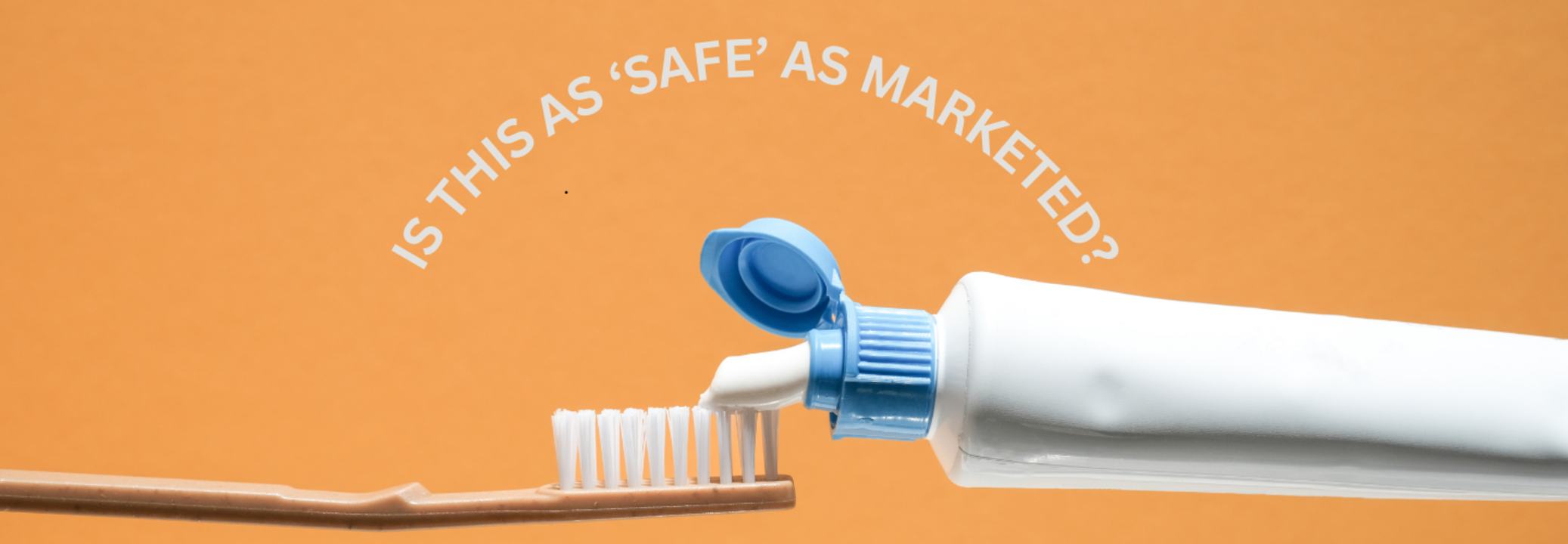Popular 'Safe' Toothpaste Brands Contain Heavy Metals, Finds Study

Credits: Canva
Summary A new research underscores the urgent need for stricter regulation and transparency in the oral care industry, as it finds heavy metals in toothpastes. Read on to know more.
End of Article
